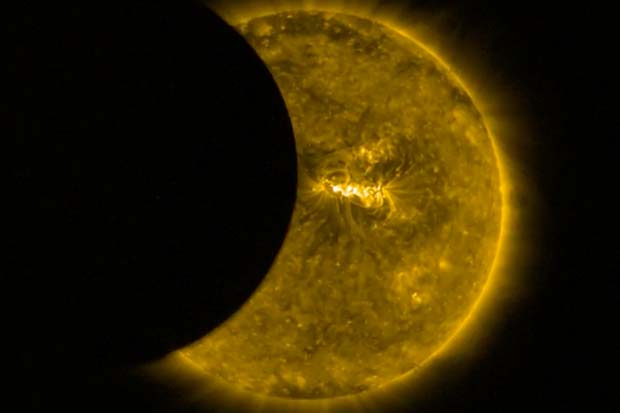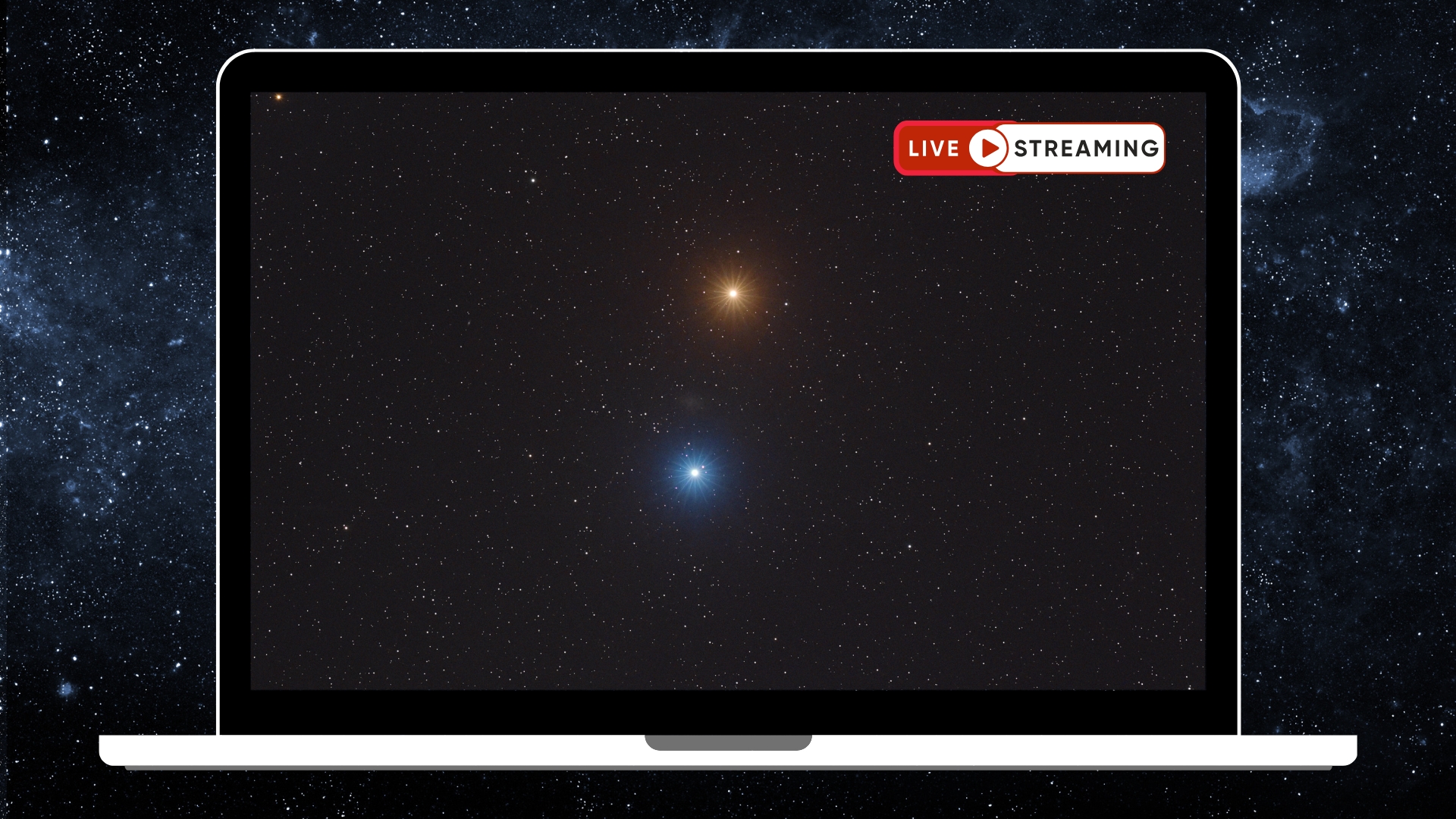
While a long, narrow swath of the United States was treated to a total solar eclipse on Monday (Aug. 21), several different spacecraft captured views of a partially blocked sun.
NASA's Solar Dynamics Observatory (SDO) satellite recorded imagery in multiple wavelengths of light, as the following video shows:
The European Space Agency's Proba-2 satellite, which orbits Earth 14.5 times every day, observed a partial eclipse three times on Aug. 21 (just as astronauts aboard the International Space Station did), gaining several different perspectives of the event:
And the Hinode satellite — a joint mission of the Japan Aerospace Exploration Agency, NASA and other partners — captured imagery of the eclipse as well, which you can see looped here:
Monday's eclipse was the most anticipated skywatching event in decades. The 70-mile-wide (113 kilometers) "path of totality" ran through 14 states, from Oregon to South Carolina, marking the first time since 1918 that a total solar eclipse had gone coast to coast across the entire U.S. mainland. And no total solar eclipse had been visible from any part of the contiguous 48 states since 1979.
Weather permitting, everyone in North America outside the path of totality saw a partial solar eclipse Monday, as did observers in Central America, the Caribbean, northern South America, and parts of western Africa and Europe.
And everyone with an Internet connection had the chance to see totality, thanks to a variety of live webcasts. Many people tuned in; Monday's eclipse shattered NASA's web-traffic record, agency officials said.
Breaking space news, the latest updates on rocket launches, skywatching events and more!
Note: Space.com senior producer Steve Spaleta contributed to this report.
Follow Mike Wall on Twitter @michaeldwall and Google+. Follow us @Spacedotcom, Facebook or Google+. Originally published on Space.com.
Join our Space Forums to keep talking space on the latest missions, night sky and more! And if you have a news tip, correction or comment, let us know at: community@space.com.

Michael Wall is a Senior Space Writer with Space.com and joined the team in 2010. He primarily covers exoplanets, spaceflight and military space, but has been known to dabble in the space art beat. His book about the search for alien life, "Out There," was published on Nov. 13, 2018. Before becoming a science writer, Michael worked as a herpetologist and wildlife biologist. He has a Ph.D. in evolutionary biology from the University of Sydney, Australia, a bachelor's degree from the University of Arizona, and a graduate certificate in science writing from the University of California, Santa Cruz. To find out what his latest project is, you can follow Michael on Twitter.
